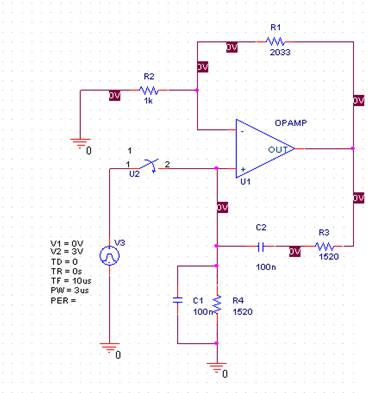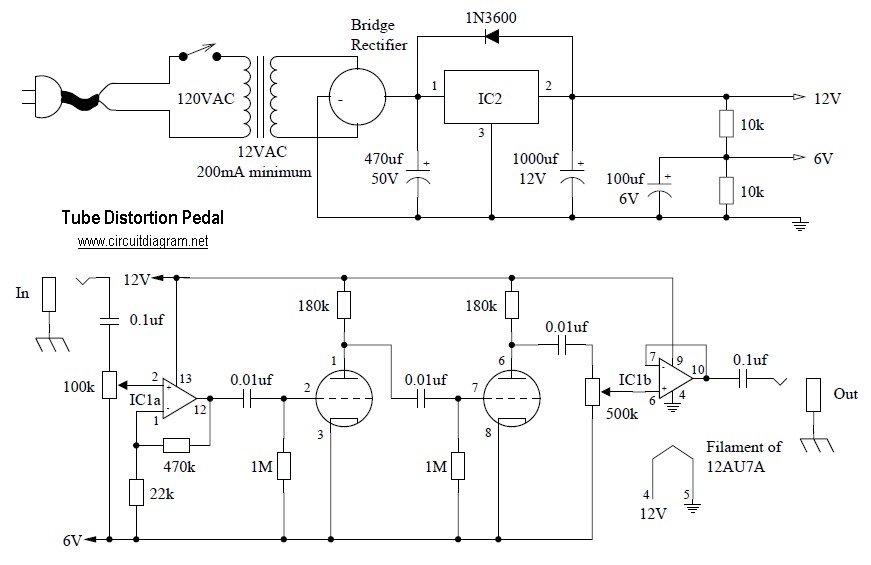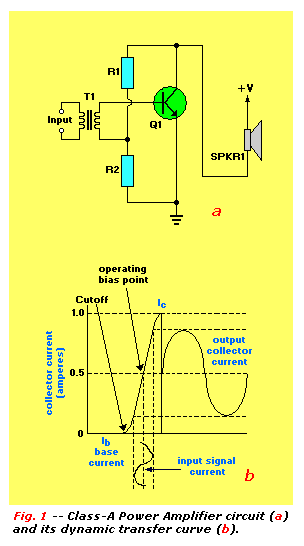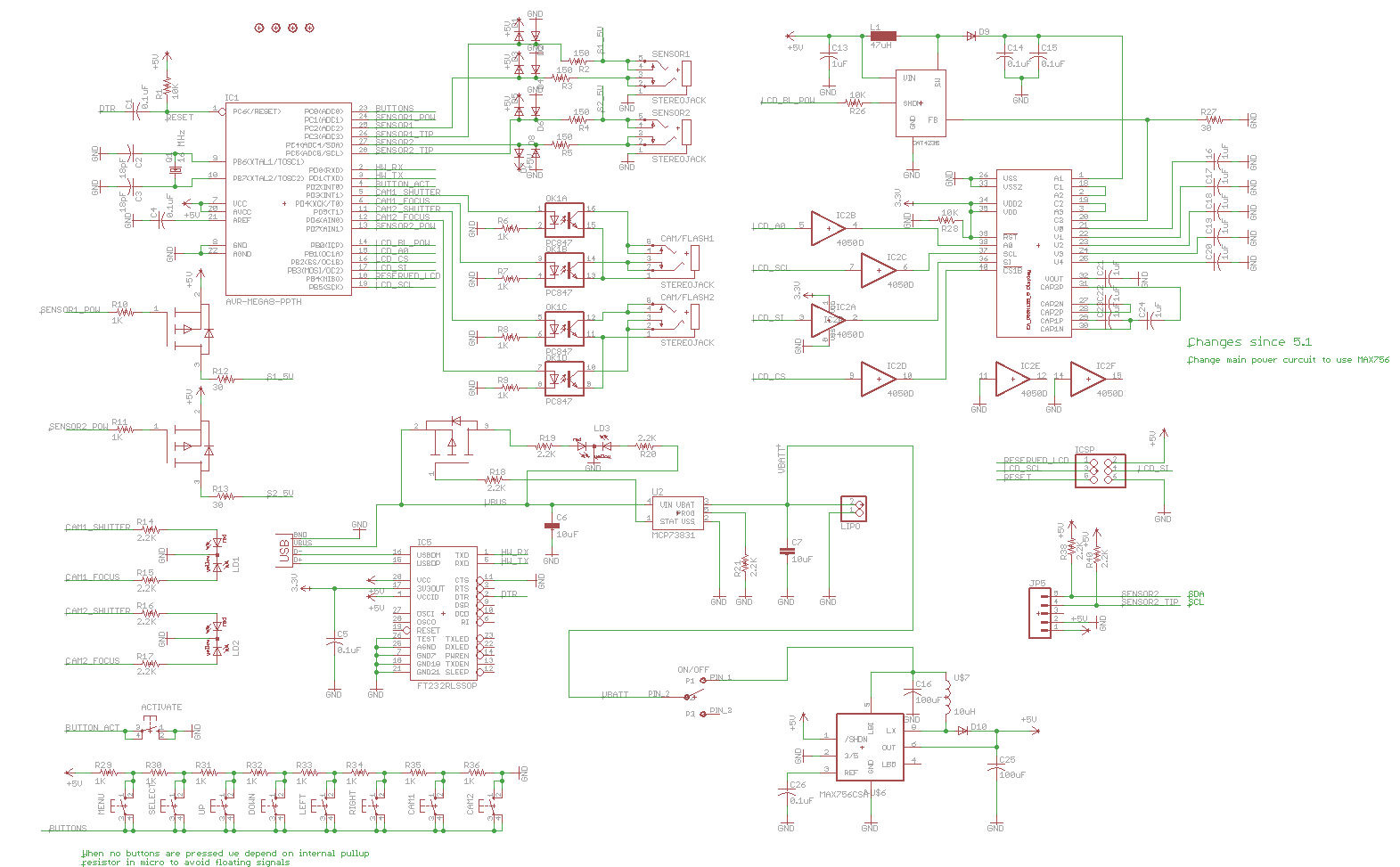
Multi-output power supply circuit
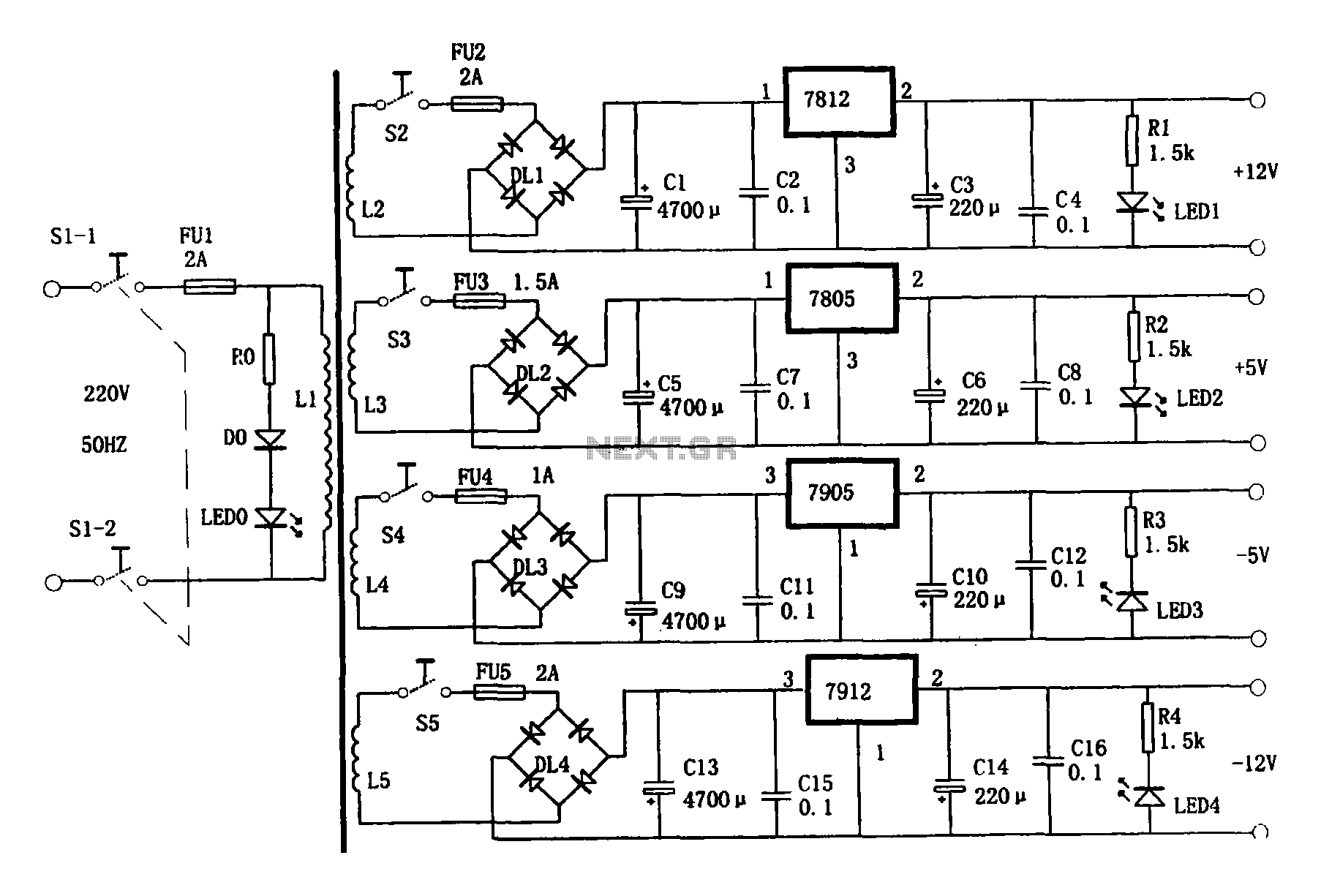
This document presents a multi-output power supply circuit. The circuit utilizes the secondary winding of a transformer and incorporates four voltage regulators: 7812, 7805, 7905, and 7912, providing independent output voltages of +12V, +5V, -5V, and -12V, respectively. Each output group features individual voltage switching control and output indicators. The circuit can be used as a power source for various experiments.
The multi-output power supply circuit is designed to deliver distinct voltage levels required for different applications. The transformer is the primary component, converting the input AC voltage to a lower AC voltage suitable for regulation. The secondary winding of the transformer feeds into the four linear voltage regulators, each tailored to output a specific voltage.
The 7812 voltage regulator is utilized to provide a stable +12V output, suitable for powering devices that require higher voltage levels. The 7805 regulator outputs +5V, commonly used for microcontrollers and digital circuits. The 7905 and 7912 regulators supply -5V and -12V, respectively, which are often necessary for operational amplifiers and analog signal processing circuits.
Each regulator is equipped with input and output capacitors to ensure stability and minimize voltage ripple. The circuit also features a switching mechanism for each output, allowing users to control the availability of each voltage independently. This is particularly useful in experimental setups where different voltage levels are needed at different times.
Output indicators are included for each voltage line, providing visual confirmation that the regulators are functioning correctly and that the desired voltage is present at the output terminals. The design ensures that the circuit remains compact while offering versatility in powering various electronic components and systems.
Overall, this multi-output power supply circuit serves as a reliable and efficient power source for a wide range of electronic experiments and applications, facilitating the development and testing of various devices that require different voltage levels.Shown for the multi-output power supply circuit. The circuit uses the transformer secondary winding and 4 respectively 7812,7805,7905,7912 + 12V, + 5V, -5V and -l2V 4 groups independent output voltages. Each group has a separate output voltage switching control and output instructions. Experiments can be used as power source.
The multi-output power supply circuit is designed to deliver distinct voltage levels required for different applications. The transformer is the primary component, converting the input AC voltage to a lower AC voltage suitable for regulation. The secondary winding of the transformer feeds into the four linear voltage regulators, each tailored to output a specific voltage.
The 7812 voltage regulator is utilized to provide a stable +12V output, suitable for powering devices that require higher voltage levels. The 7805 regulator outputs +5V, commonly used for microcontrollers and digital circuits. The 7905 and 7912 regulators supply -5V and -12V, respectively, which are often necessary for operational amplifiers and analog signal processing circuits.
Each regulator is equipped with input and output capacitors to ensure stability and minimize voltage ripple. The circuit also features a switching mechanism for each output, allowing users to control the availability of each voltage independently. This is particularly useful in experimental setups where different voltage levels are needed at different times.
Output indicators are included for each voltage line, providing visual confirmation that the regulators are functioning correctly and that the desired voltage is present at the output terminals. The design ensures that the circuit remains compact while offering versatility in powering various electronic components and systems.
Overall, this multi-output power supply circuit serves as a reliable and efficient power source for a wide range of electronic experiments and applications, facilitating the development and testing of various devices that require different voltage levels.Shown for the multi-output power supply circuit. The circuit uses the transformer secondary winding and 4 respectively 7812,7805,7905,7912 + 12V, + 5V, -5V and -l2V 4 groups independent output voltages. Each group has a separate output voltage switching control and output instructions. Experiments can be used as power source.

